- Paper title: Post-Capture Evolution of Potentially Habitable Exomoons
- Authors: Simon B. Porter & William M. Grundy
- First author’s affiliation:Lowell Observatory & School of Earth and Space Exploration, Arizona State University
The moon Pandora in the recent movie Avatar (copyright Twentieth Century Fox Film Corporation/Dune Entertainment/Ingenious Film Partners/Lightstorm Entertainment)
Avatar’s Pandora and the forest moon Endor from the Star Wars saga are two of the most famous examples of habitable moons in science fiction. Astronomers in the real world have not yet discovered any habitable exomoons (moons around exoplanets), but in this paper Porter and Grundy demonstrate that large Earth-size moons orbiting giant planets within the habitable zone of their host stars could be in stable orbits and might even be detectable. Future generations of astronomers might spend their time studying the real-world analogs of Pandora and Endor.
Methods
Porter and Grundy perform a Monte Carlo simulation in which they generate exomoon systems consisting of a star, a Jovian planet in the habitable zone, and a moon orbiting the Jovian planet. Their simulation includes all combinations of M0, G2, and F0 stars, planets with the mass of Jupiter or Neptune, and moons with the mass of Earth, Mars, or Titan. The semimajor axis of the planet is adjusted based on the spectral type of the star so that the planet and exomoon orbit within the habitable zone of the star (2.1 AU for the F0 star, 1 AU for the G2 star, and 0.28 AU for the M0 star). Each system is randomly assigned initial orbital parameters consistent with the loose capture of a large moon by the planet and then the system is modeled to evolve dynamically using a numerical Kozai Cycle and Tidal Friction (KCTF) model. The Kozai Cycle is a coupled oscillation of the exomoon’s eccentricity and orbital inclination due to the torque from the star. As the exomoon’s orbit becomes aligned with the orbital plane of the planet, the exomoon’s eccentricity increases and the tidal force from the planet on the exomoon increases. This positive feedback loop causes the exomoon’s orbit to circularize and become aligned with the orbital plane of the planet. The timescale required to circularize the exomoon’s orbit for all of the exomoon systems is much less than the lifetime of the host star, so it is reasonable to assume that the exomoons could stabilize before being disrupted by interactions with objects outside of the system.
Results
Due to the increased distance of the habitable zone with increasing stellar luminosity, the width of the Hill radius for planets in the habitable zone also increases with stellar luminosity. Accordingly, because planets in the habitable zone of hot stars have a wider Hill radius than planets around cooler stars, exomoons are more likely to survive capture by planets orbiting more massive stars than by planets orbiting less massive stars. In this simulation, the majority of exomoons captured by planets orbiting F0 stars survived (59%-77%, depending on planet and exomoon masses), but the survival rate of exomoons in G2 systems was only 42%-52% and the survival rate in M0 systems was even lower (22%-25%). The majority of the exomoons in M0 systems smashed into the star, but the exomoons in the G2 systems were equally likely to escape from the system or impact the star.
While Porter and Grundy find that the exomoons that are not destroyed or ejected from the system tend to end up in orbits that are coplanar with the orbital plane of the planet, they do not see a preference for the direction of the exomoon’s orbit. Both prograde orbits and retrograde orbits seem equally likely, as shown in the figure below. In all four types of systems highlighted in the figure, the majority of the exomoons end up in orbits that are coplanar with the planet’s orbital plane.
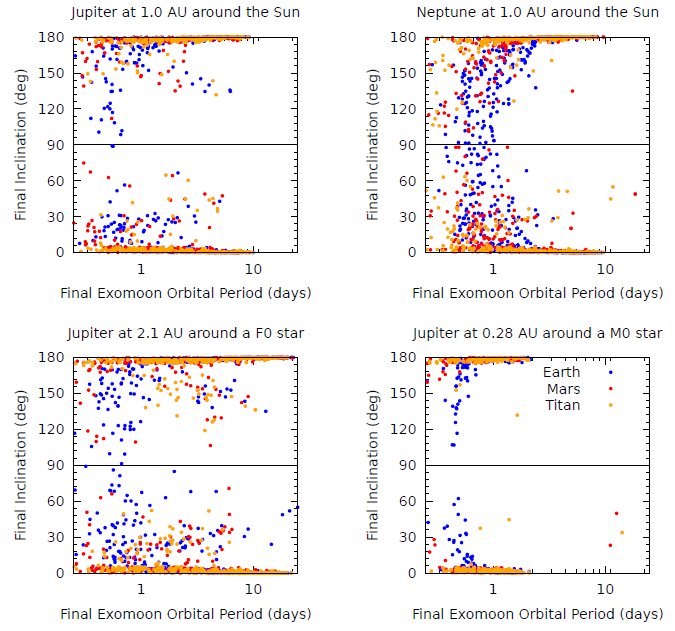
The final inclinations and orbital periods for exomoons in four different types of systems. The color of the dot indicates the mass of the exomoon (blue for Earth, red for Mars, orange for Titan). The stellar spectral type and planet mass are (clockwise from top left): G2 and Jupiter, G2 and Saturn, F0 and Jupiter, and M0 and Jupiter. Note that the majority of exomoons are in coplanar orbits with inclinations near 0 degrees (prograde) or 180 degrees (retrograde).
Prospects for Detection
The dynamical simulations imply that massive stars are more likely than low mass stars to host habitable captured exomoons. Theoretically, exomoons could be detected by monitoring the time and duration of the transit of the giant planet and watching for transit timing variations (TTV) and transit duration variations (TDV). The detection of TDV would be a strong indication that a transiting planet hosts a possibly habitable exomoon, but the change in the transit duration is subtle (<0.86% for Earth-size exomoons orbiting Neptunes and <0.003% for Titan-size exomoons orbiting Jupiters). Astronomers are more likely to detect the transit timing variations (which vary between 1.63 and 75.70 minutes for the Earth-size exomoon systems considered) and then attempt to detect TDV in order to confirm that the TTV are due to an exomoon rather than another astrophysical phenomenon, such as another planet orbiting the star. Even though captured habitable exomoons are likely more common in F star systems, astronomers might have the most success by searching for habitable captured exomoons in G and K star systems because of the decreased orbital period for planets in the habitable zone and the corresponding increase in the number of planetary transits. For more information about detecting habitable exomoons, check out David Kipping’s PhD thesis and his corresponding website.


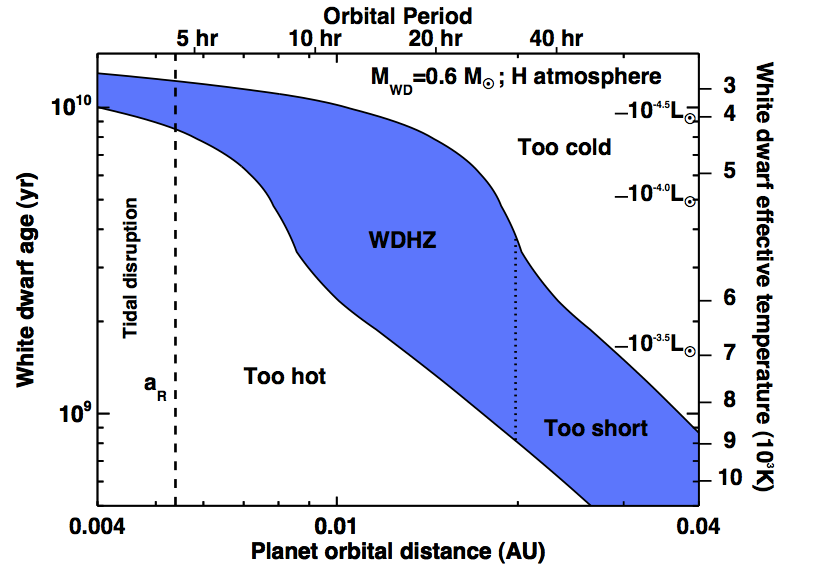
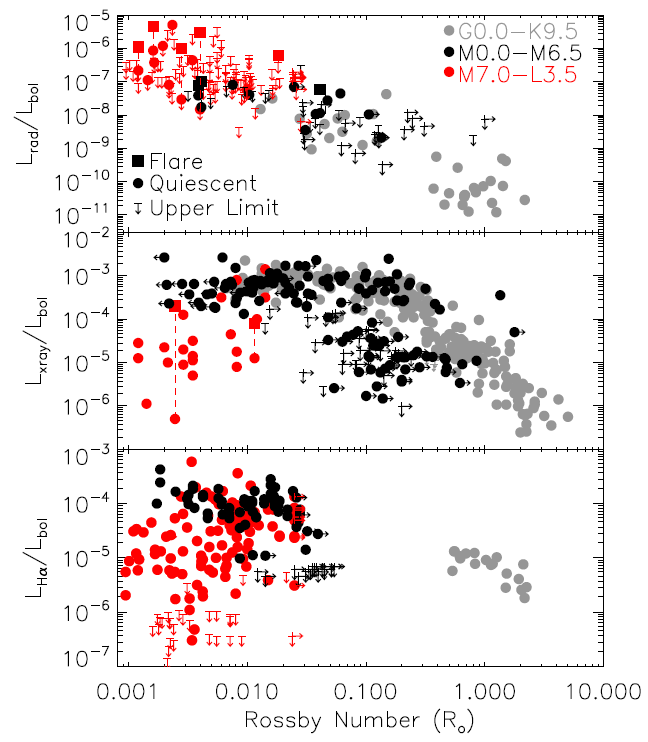
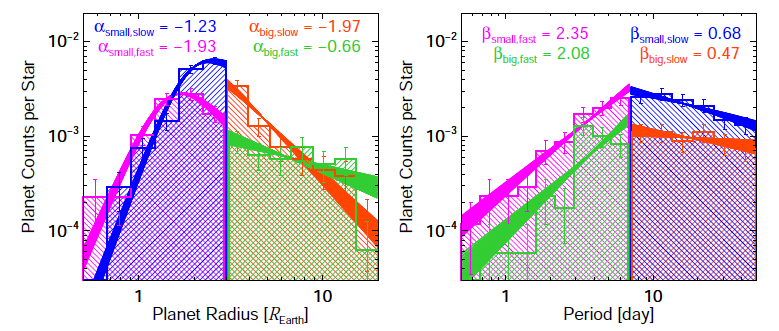
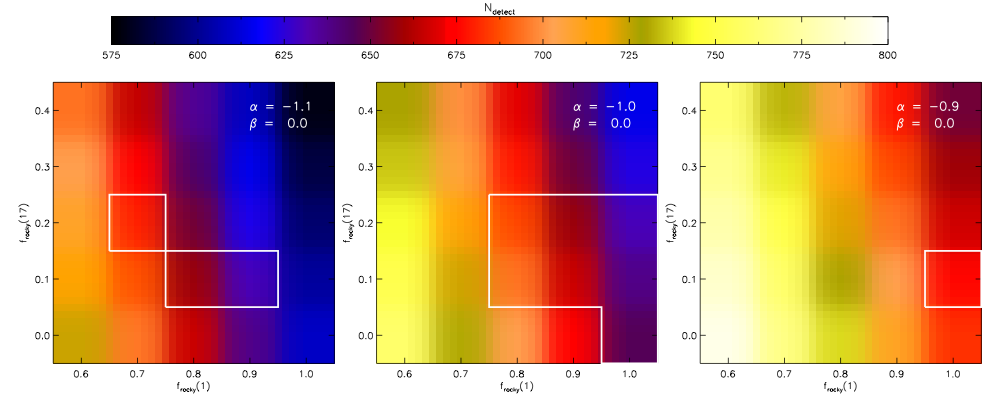
Hey, can we have some respect for the ACTUAL moon Pandora? 😉
http://solarsystem.nasa.gov/planets/profile.cfm?Object=Pandora
The actual moon is indeed worthy of our respect. Maybe it will appear in a future astrobite. 🙂
Good summary; the Ewoks are a nice touch…